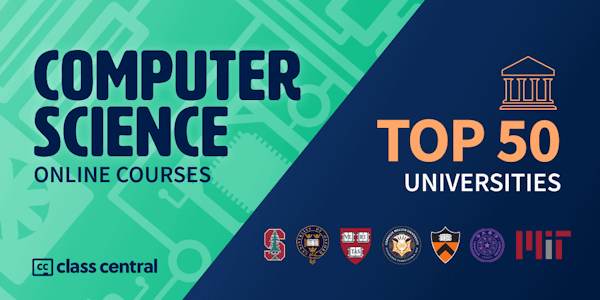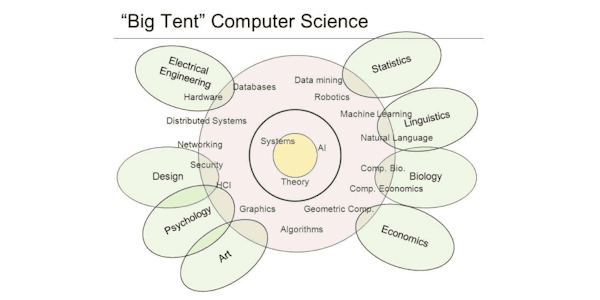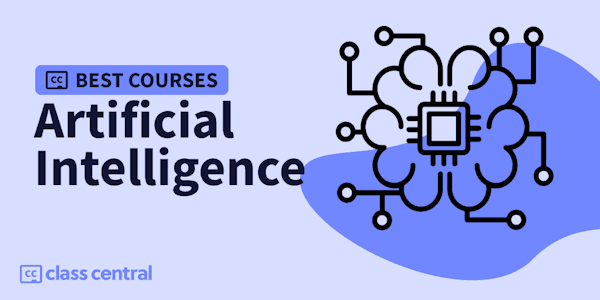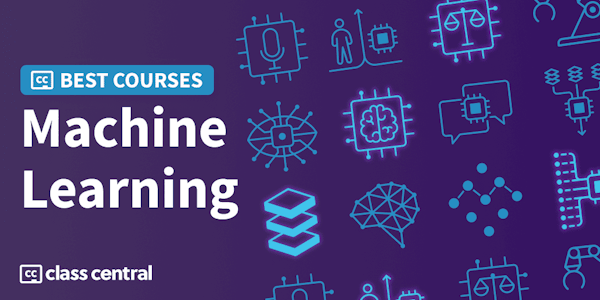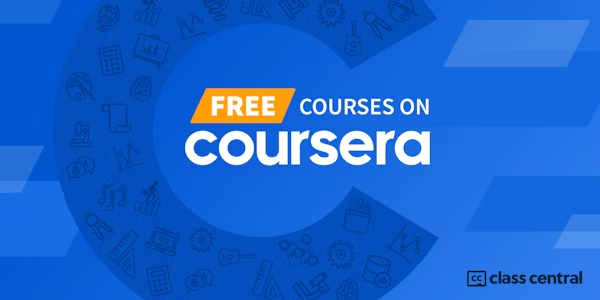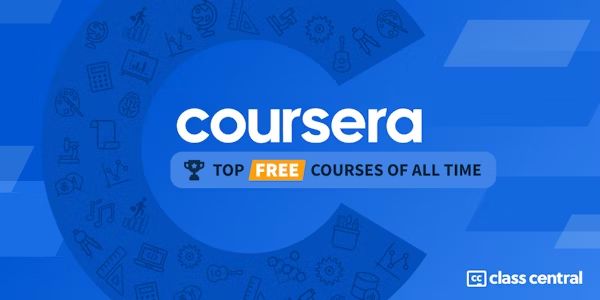Deepen your knowledge and boost your career with a degree from a top-5 Computer Science graduate program in the U.S.
The degree program is designed to be flexible and fast — you can earn your Master’s with 100% online courses in as little as 12 months, while applying your learning immediately to your job.
The Online MCS program requires 32 credit hours of graduate coursework, completed through eight graduate-level courses. The MCS requires that four of these eight courses are chosen from four different core areas of computer science, and that three of these eight courses are at the advanced graduate level (500-level). The Online MCS currently offers coursework in the core areas of artificial intelligence, databases, interactive computing, software engineering, scientific computing, and high-performance computing.
